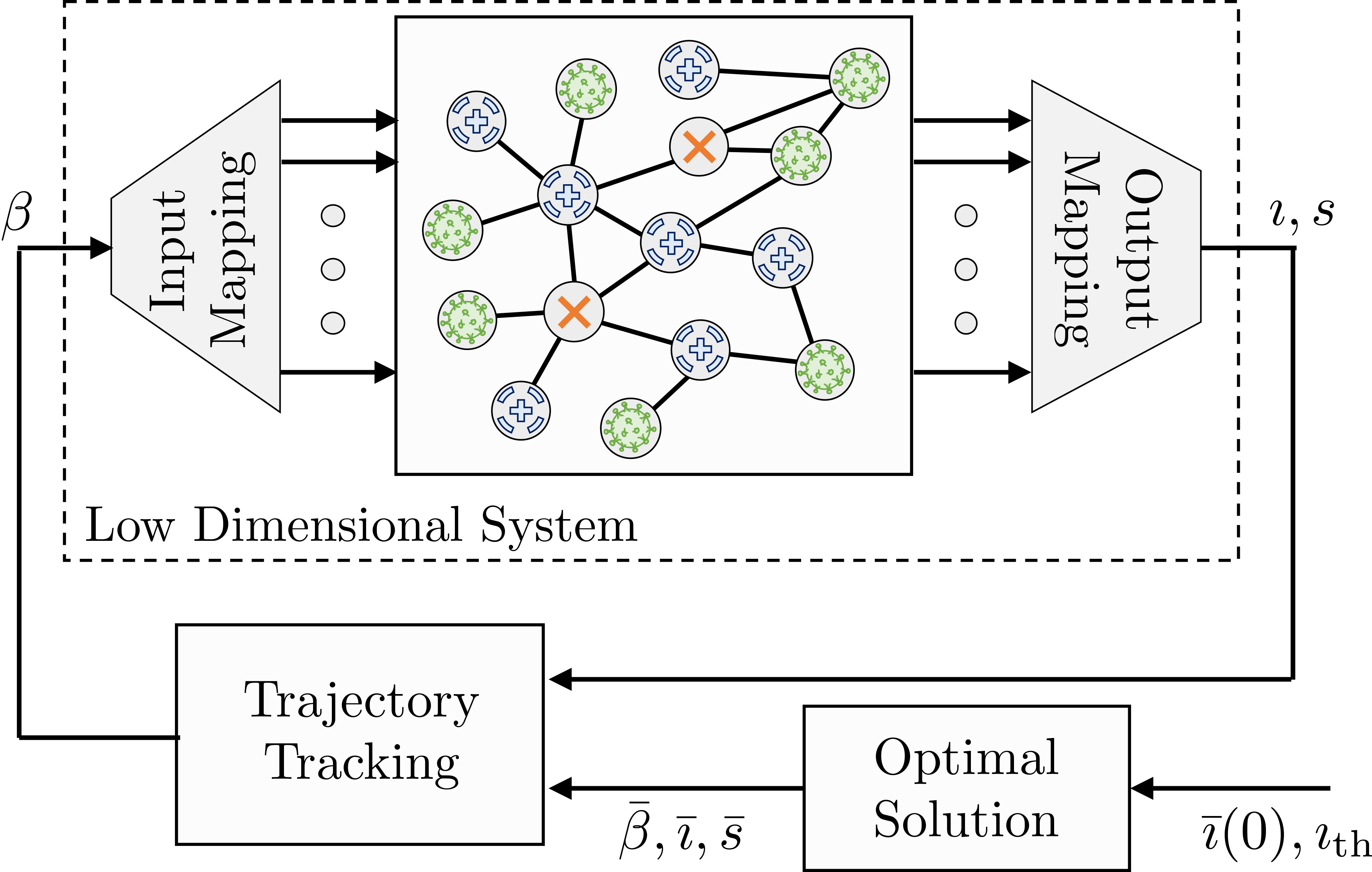A protocol for flexible social distancing strategies
Until a vaccine is available, the most effective way of limiting the spread of COVID-19 has proven to be social distancing. At the same time, extreme, prolonged levels of lockdown are unsustainable in the long run. However, social distancing is not a binary state. We can imagine having several levels of restrictions, ranging from a mild restraint from direct physical interaction between people not part of the same social sub-network, to complete physical isolation all members of the population. More flexible approaches are already being applied in many countries and regions, while the tools for decision-making are still ‘work in progress’.
Our motivation is to provide local authorities with a simple yet effective protocol that they can rely on when defining the right level of social distancing.
Fast response
We take inspiration from hospitals' healthcare triage, where new patients are quickly evaluated via protocols and quickly routed towards the right treatment. Only later they are inspected by a specialist. In the same fashion, fresh data from the pandemic could be integrated and used directly on a local level through simple protocols to provide a fast response, which could then later be refined by specialists managing more areas and therefore necessarily working at a slower pace. In plain English, this means having a set of simple rules in the form "IF the amount of new infected is 10% higher than the expected, THEN increase the social distancing rules of one level".
We believe that applied mathematics (and more specifically a branch of it often used in robotics called "control theory") can be an important tool in achieving these goals. In our work we investigate these possibilities, by proposing a provable and quasi-optimal algorithm integrating on-line statistics on the pandemics to automatically produce the right level of social distancing to be applied. The goal is to govern and control the number of infected people, such that the healthcare system is not overburdened, while maintaining low levels of social distancing whenever possible.
Improvement
The protocol we propose uses data such as the amount of confirmed COVID-19 infections and available intensive care units, which are then integrated by an algorithm to establish the optimal level of social distancing (with levels ranging between no restrictions to complete lockdown). Every time a new data set on new infections is added, this information is compared with the number of infections that was expected. If this number is much higher, the protocol will suggest to increase the level of social distancing, and vice versa.
We applied this protocol to a scenario modelled on the outbreak experienced in northern Italy during February/March 2020. Our simulations show a dramatic improvement in the pandemic management with respect to the baseline when applying our protocol.
More information
Read the paper: Trajectory Tracking of Optimal Social Distancing Strategies with Application to a CoVid-19 Scenario (arXiv)


